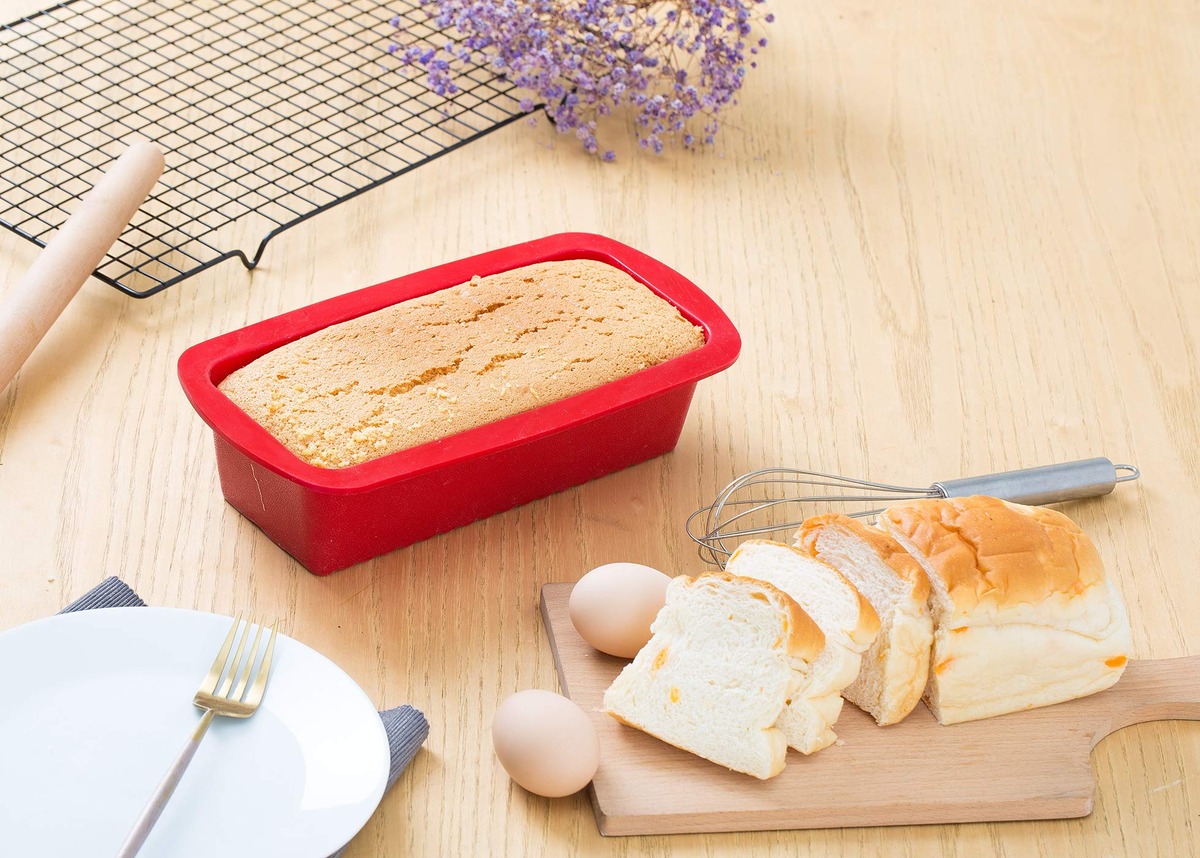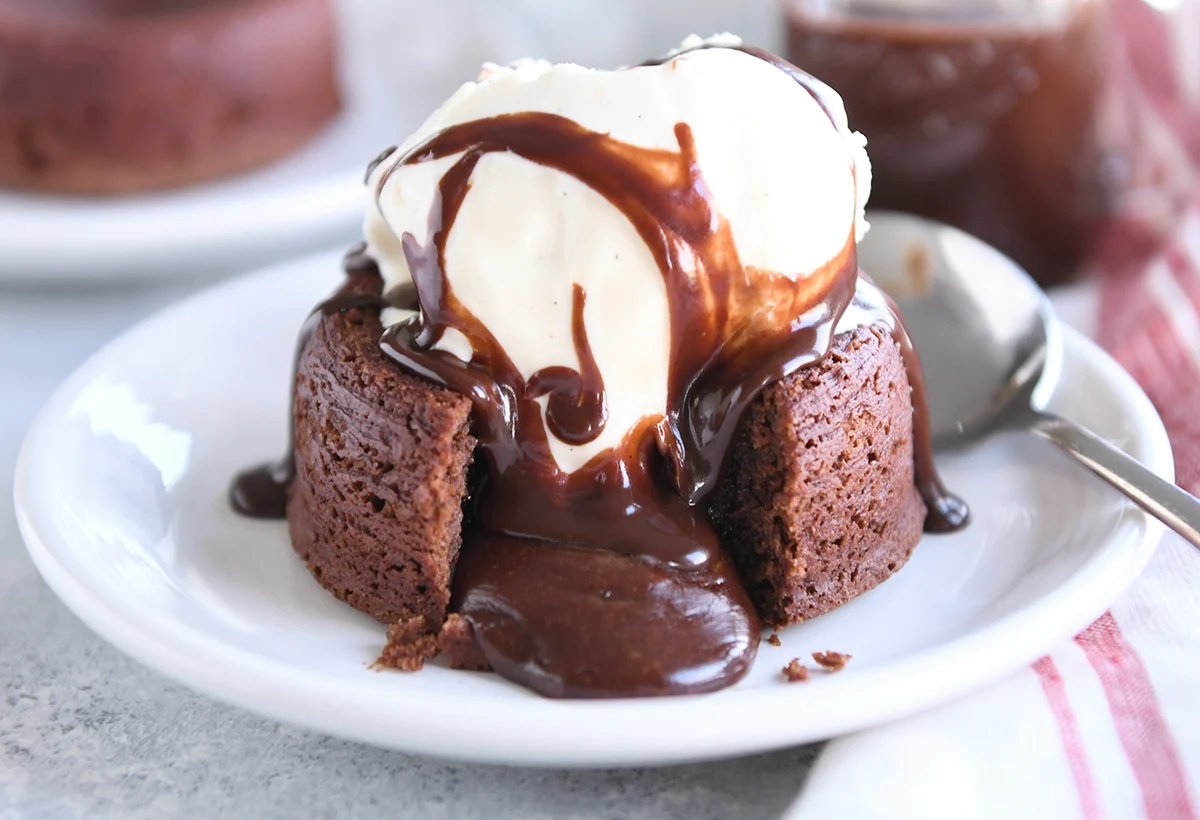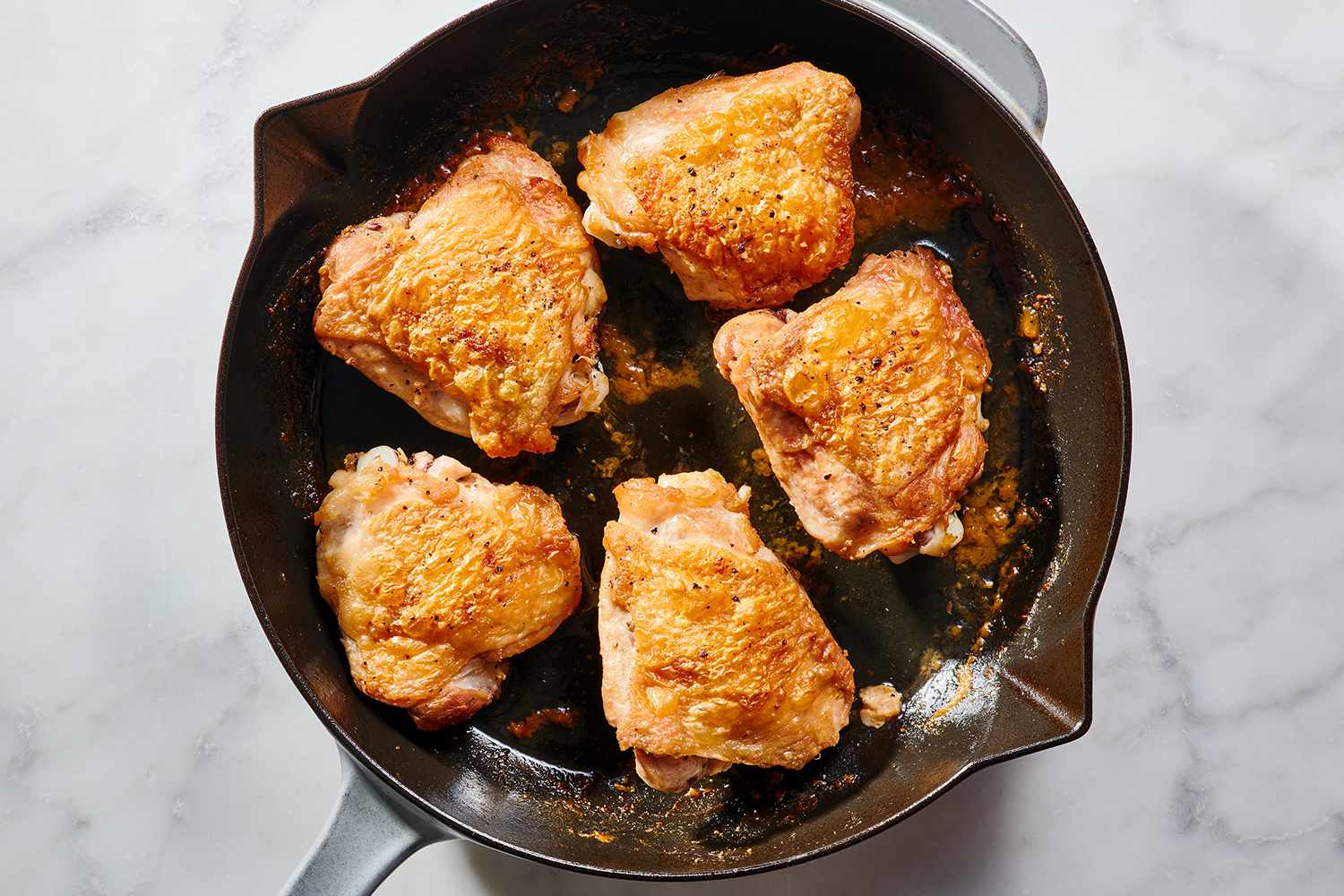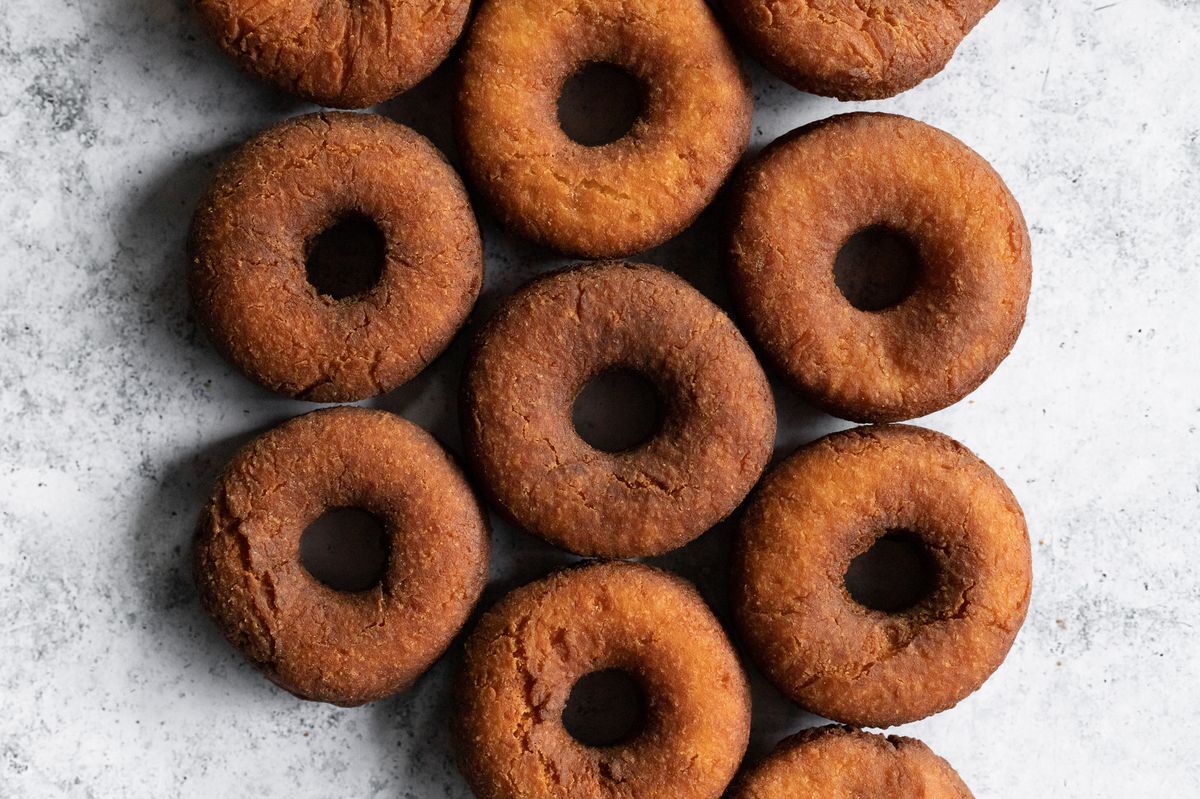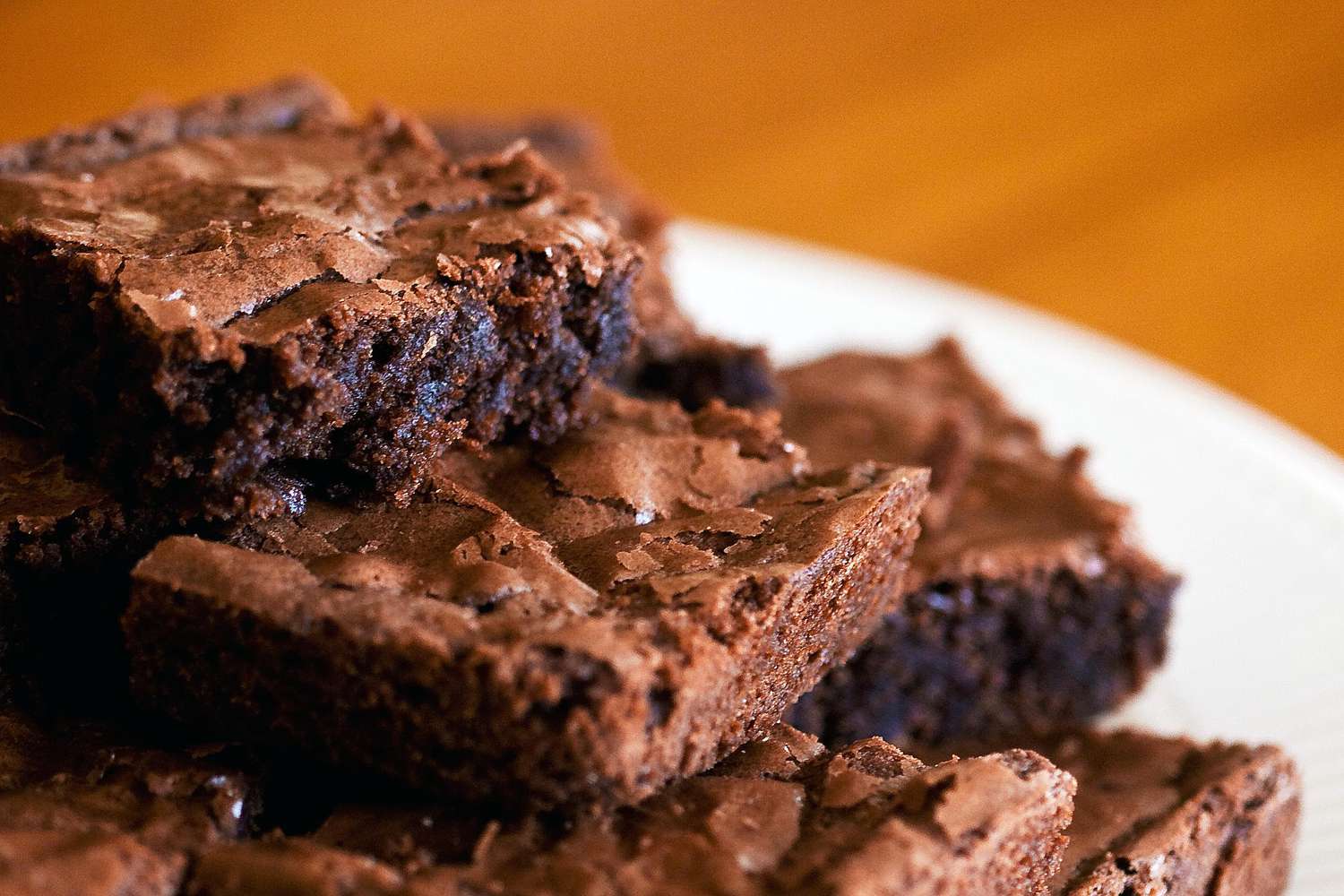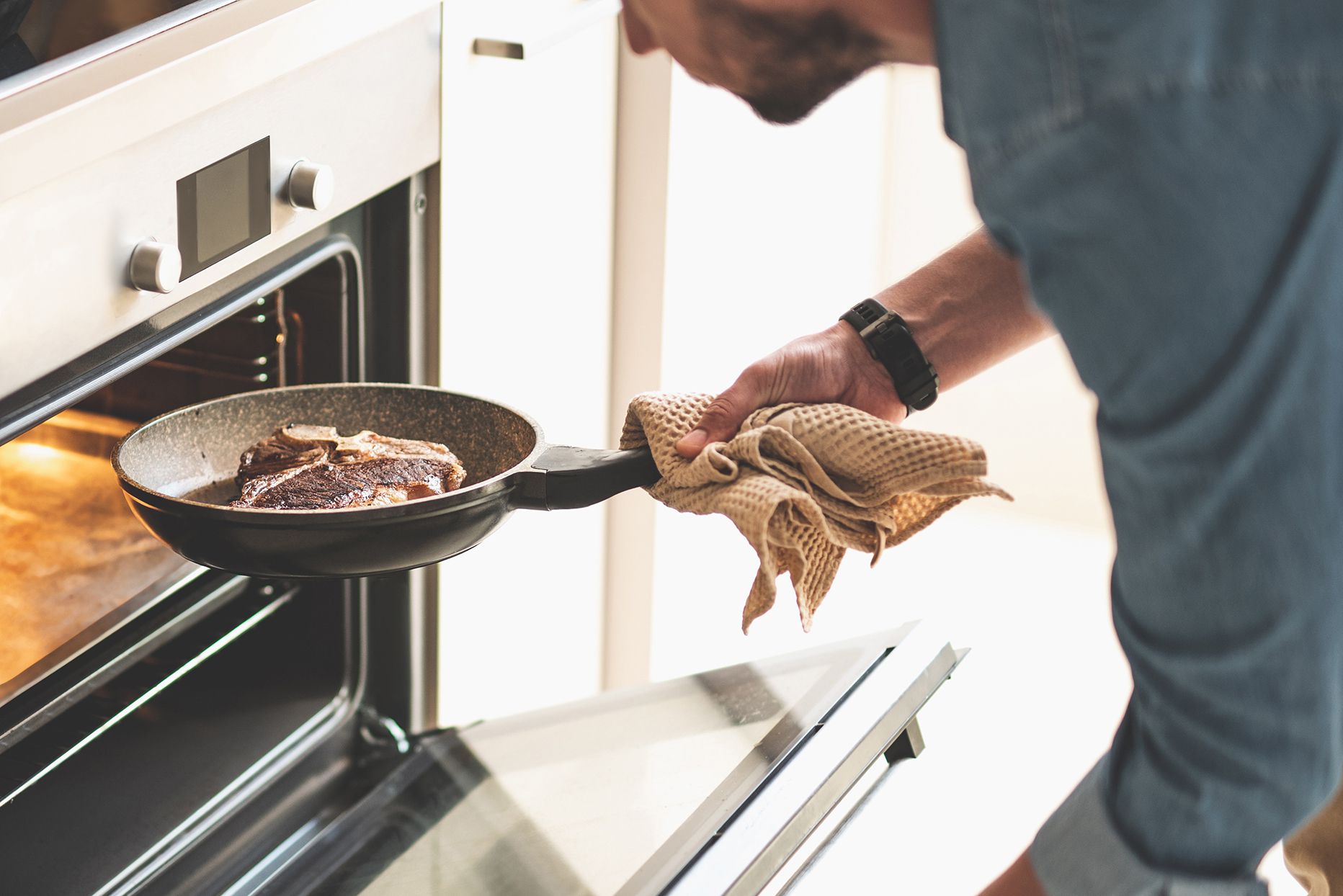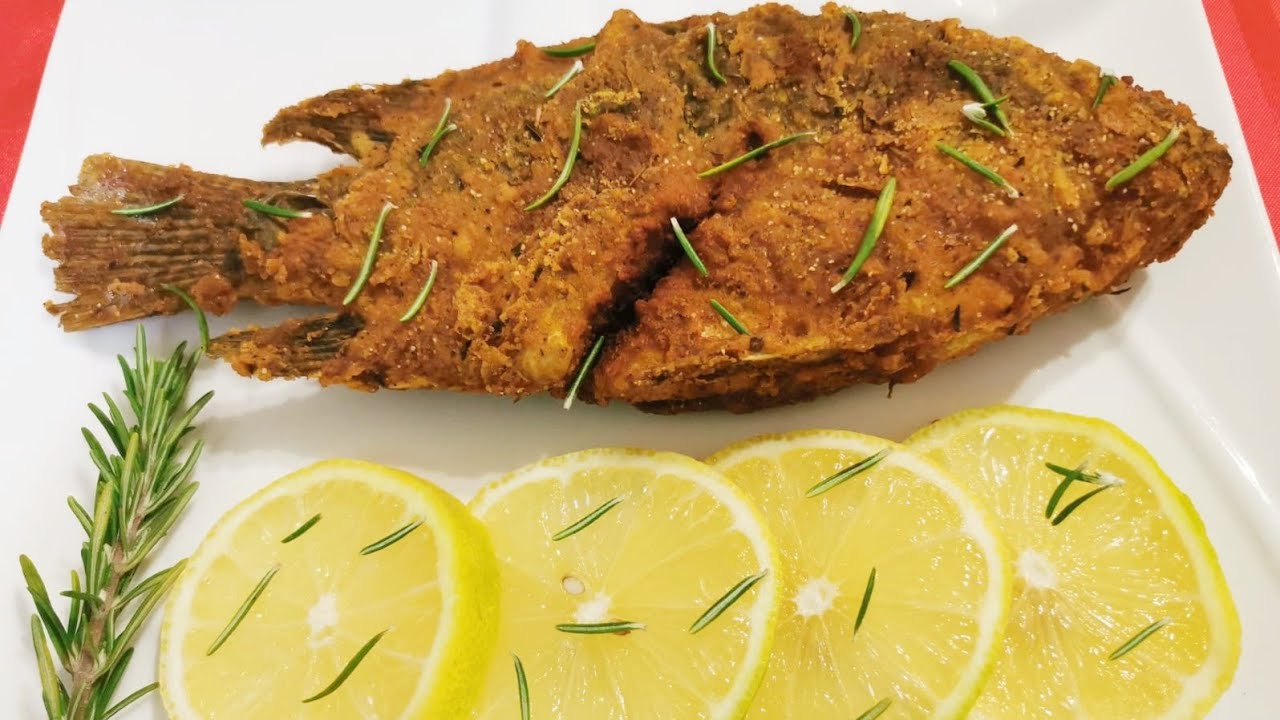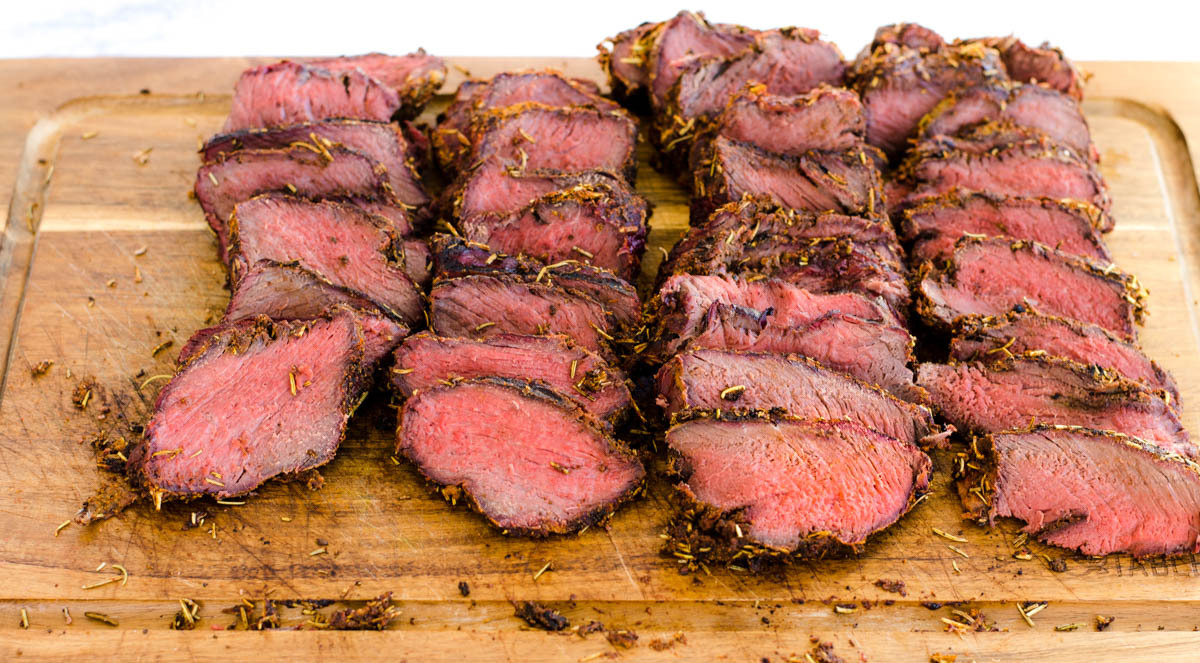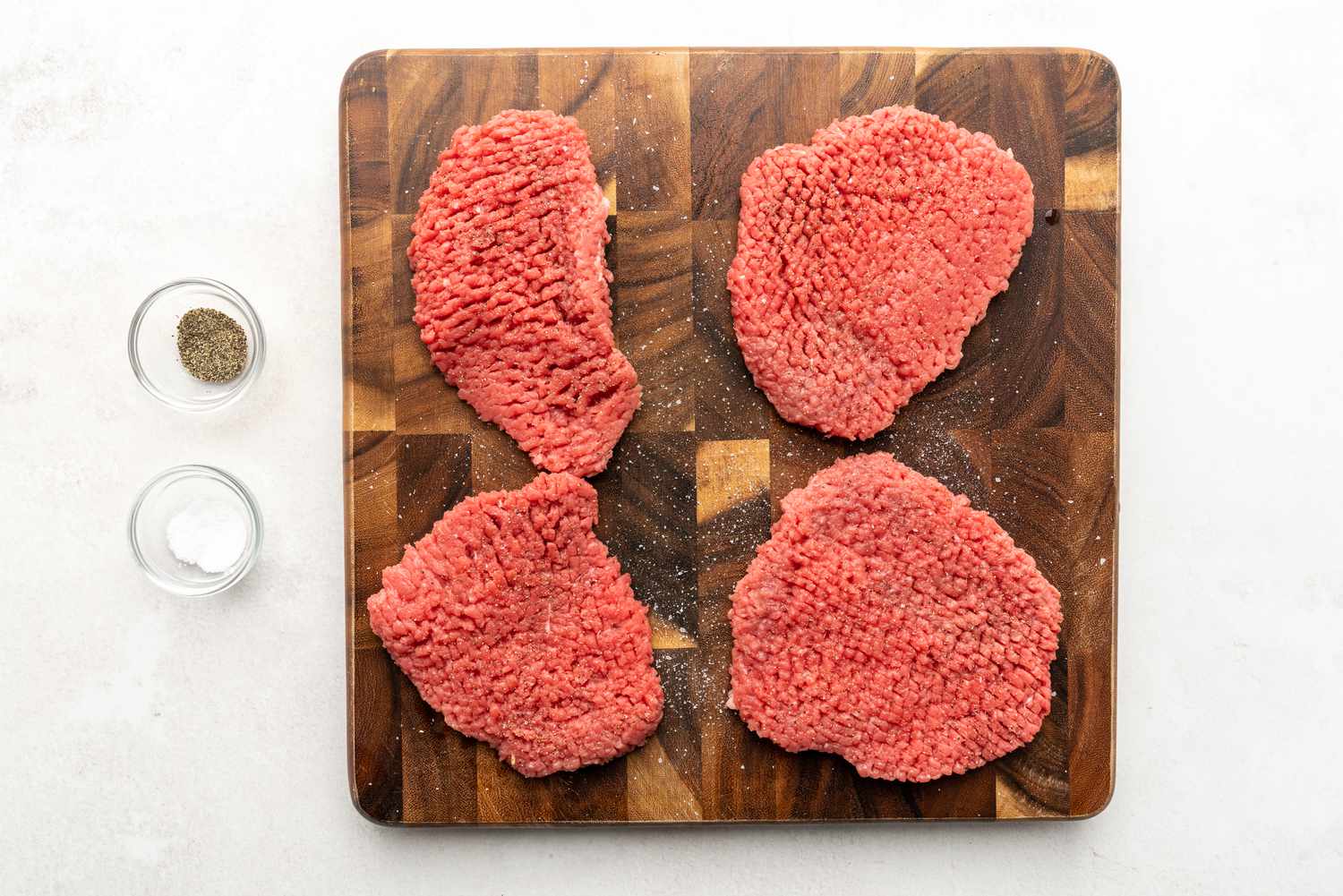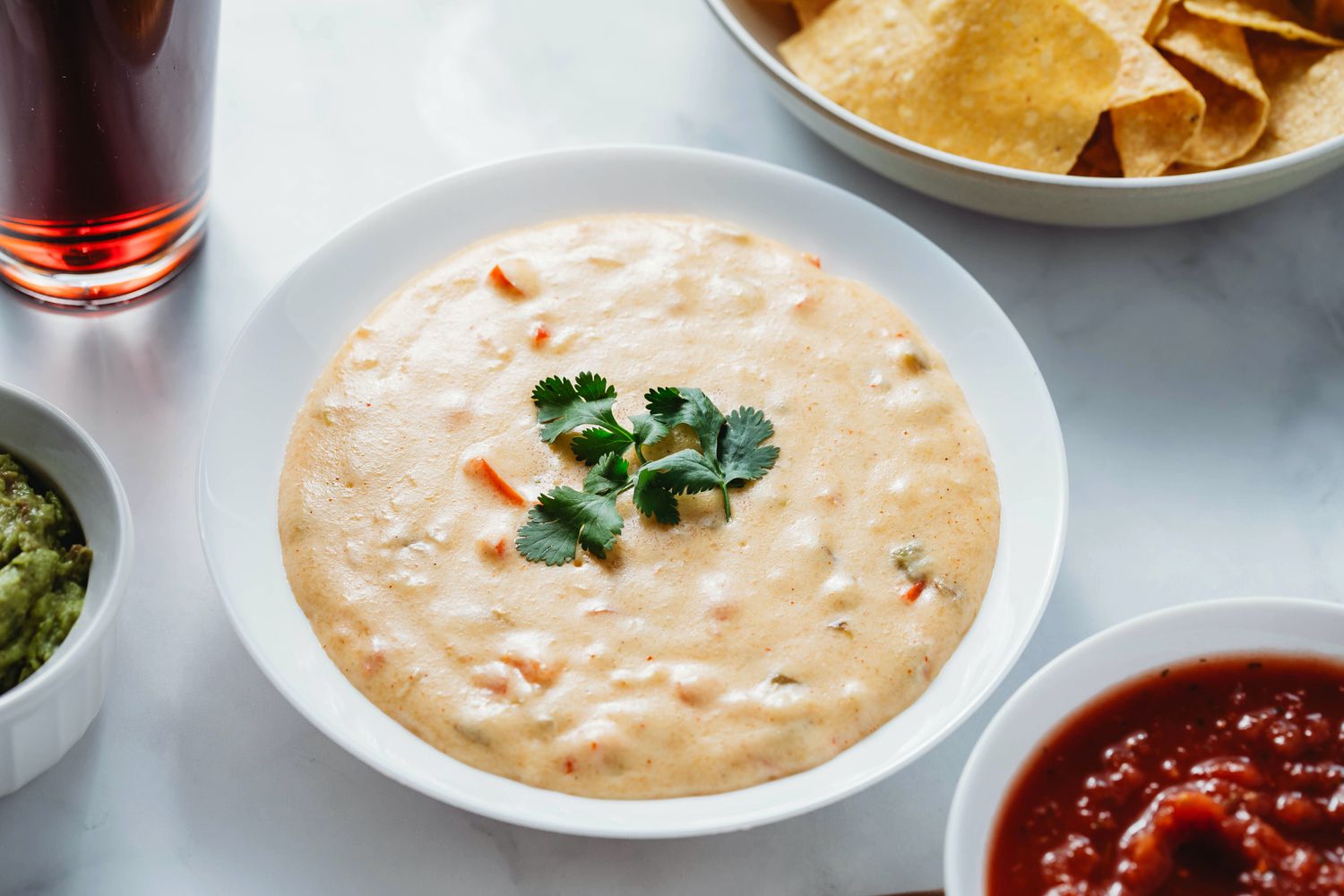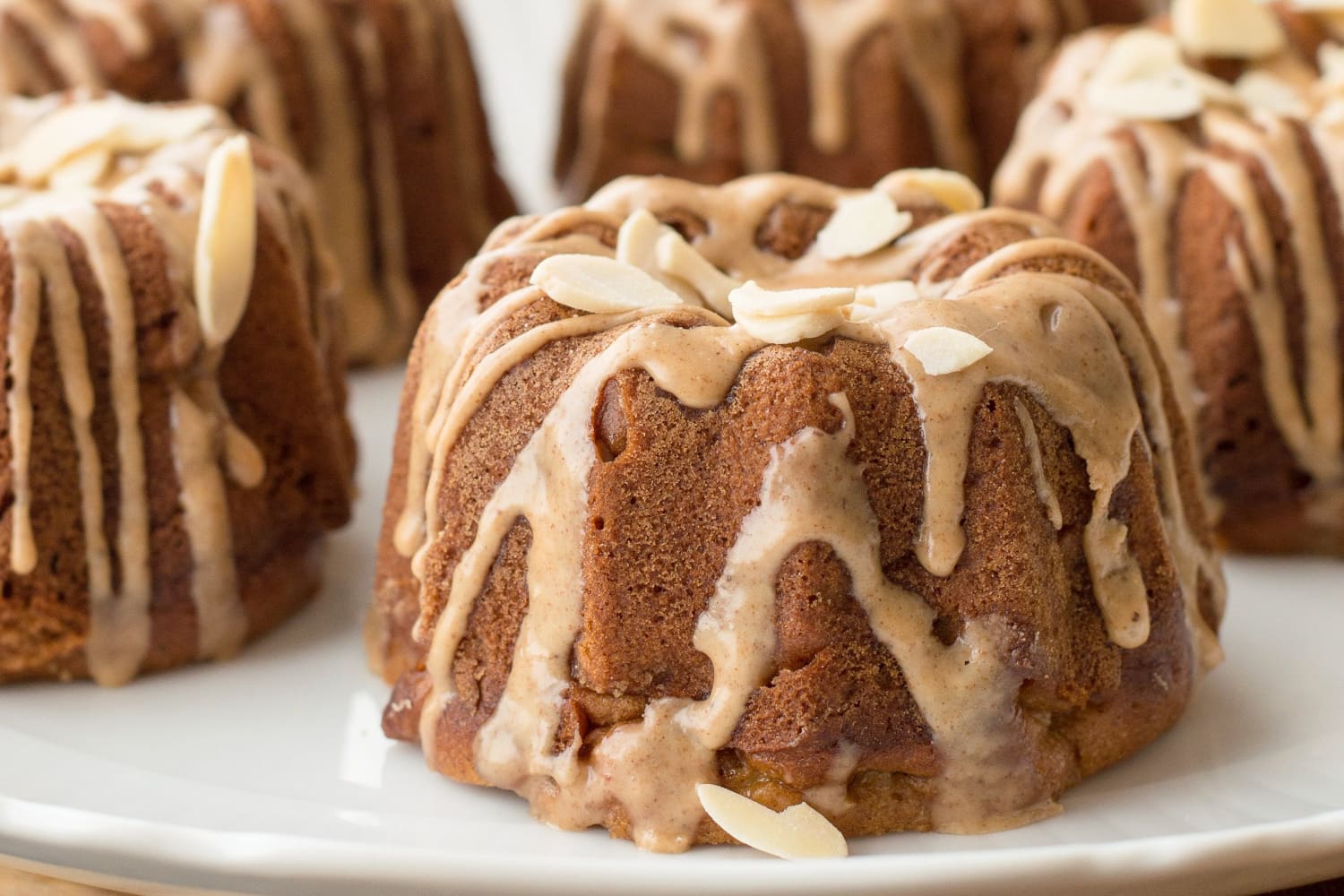Discover the Secrets of Baking with Gluten-Free All-Purpose Flour
Are you ready to dive into the world of gluten-free baking? Whether you have a gluten intolerance or simply want to explore new baking options, using gluten-free all-purpose flour can open up a whole new realm of delicious possibilities. In this guide, we’ll walk you through the ins and outs of baking with gluten-free all-purpose flour, so you can create mouthwatering treats that everyone will love.
Understanding Gluten-Free All-Purpose Flour
Gluten-free all-purpose flour is a versatile alternative to traditional wheat flour. It is specially formulated to mimic the texture and flavor of wheat flour, making it an excellent choice for baking a wide range of goods, from cakes and cookies to breads and pastries. When using gluten-free all-purpose flour, it’s important to understand its unique properties and how it behaves in different recipes.
Tips for Baking with Gluten-Free All-Purpose Flour
Here are some essential tips to help you achieve baking success with gluten-free all-purpose flour:
- Measure accurately: Gluten-free flours can be more sensitive to measurement errors, so it’s crucial to measure accurately for the best results.
- Use a blend: Consider using a blend of gluten-free flours to achieve the best texture and flavor in your baked goods.
- Add binders: Since gluten-free flours lack the binding properties of gluten, adding xanthan gum or guar gum can help improve the texture of your baked goods.
- Adjust liquid content: Gluten-free flours may require more or less liquid than traditional flour, so be prepared to adjust the liquid content in your recipes accordingly.
- Experiment with recipes: Don’t be afraid to experiment with different recipes and techniques to find the perfect balance of flavors and textures with gluten-free all-purpose flour.
Delicious Gluten-Free Recipes to Try
Now that you’re armed with the knowledge of baking with gluten-free all-purpose flour, it’s time to put your skills to the test with some delectable recipes. Here are a few ideas to get you started:
- Gluten-Free Chocolate Chip Cookies
- Fluffy Gluten-Free Pancakes
- Moist Gluten-Free Banana Bread
- Decadent Gluten-Free Chocolate Cake
These recipes are just the beginning – feel free to explore and adapt your favorite traditional recipes using gluten-free all-purpose flour for a delightful twist.
Embrace the World of Gluten-Free Baking
Baking with gluten-free all-purpose flour opens up a world of possibilities for creating delicious treats that everyone can enjoy. With the right techniques and a bit of experimentation, you can achieve fantastic results and delight your taste buds with gluten-free goodness. So, roll up your sleeves, preheat the oven, and get ready to embark on a gluten-free baking adventure!
Happy baking!
Was this page helpful?
Read Next: How To Bake An Easy Chocolate Cake
